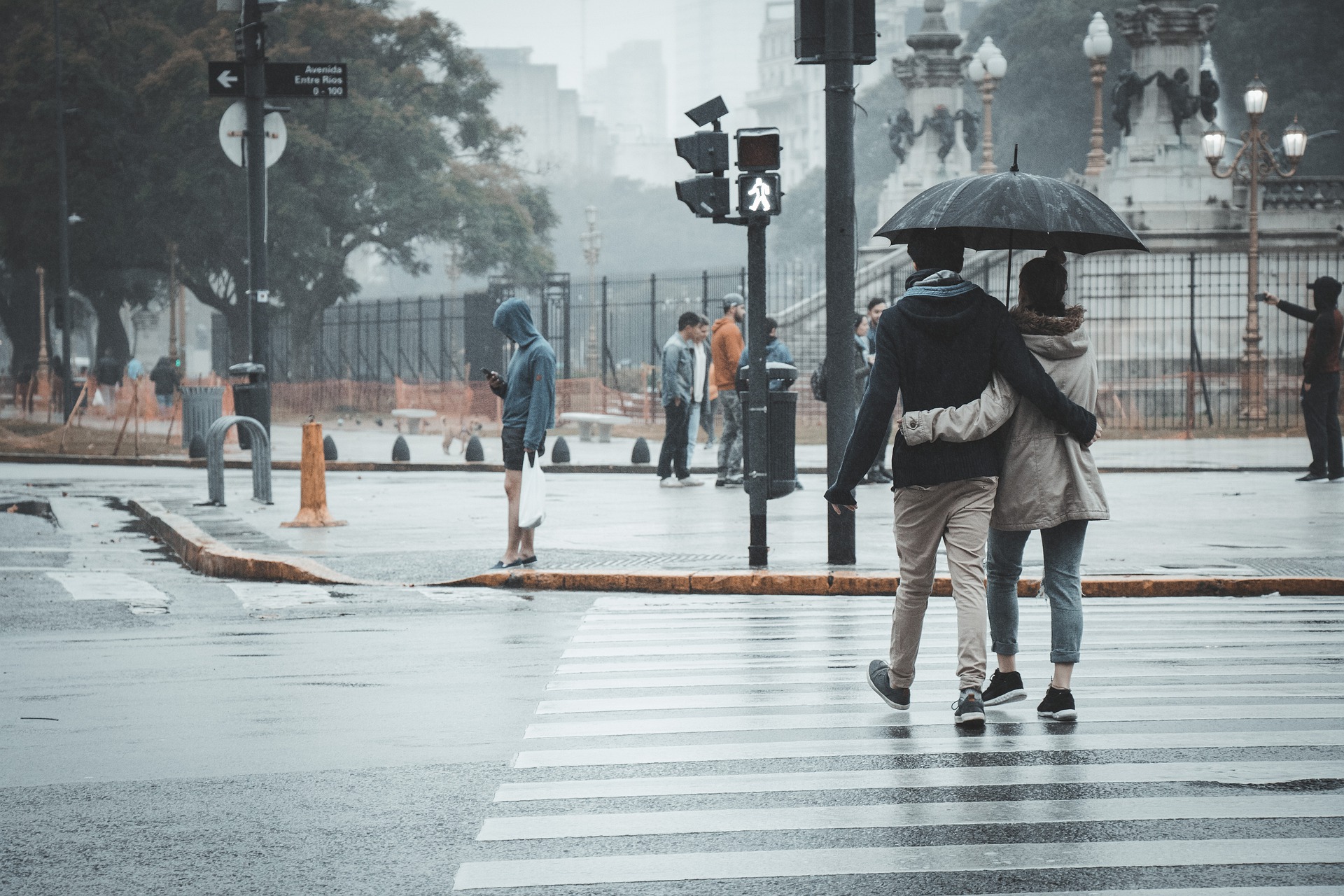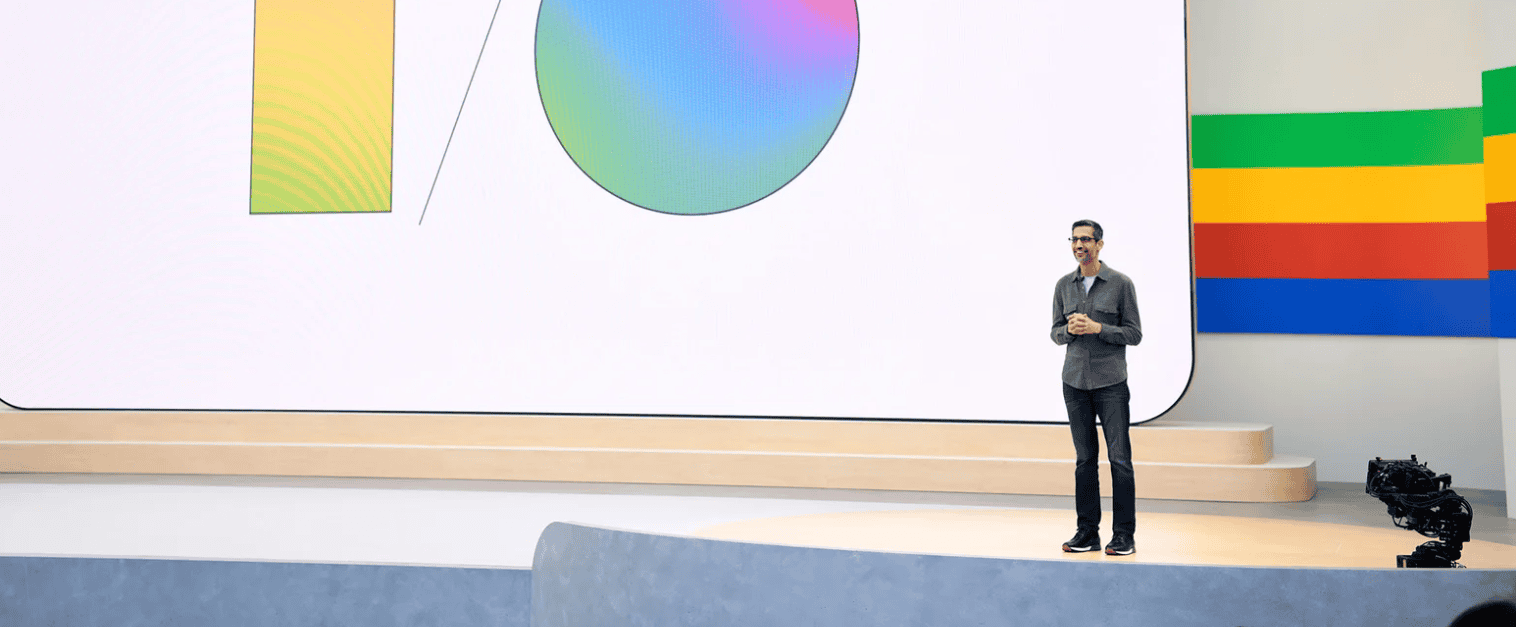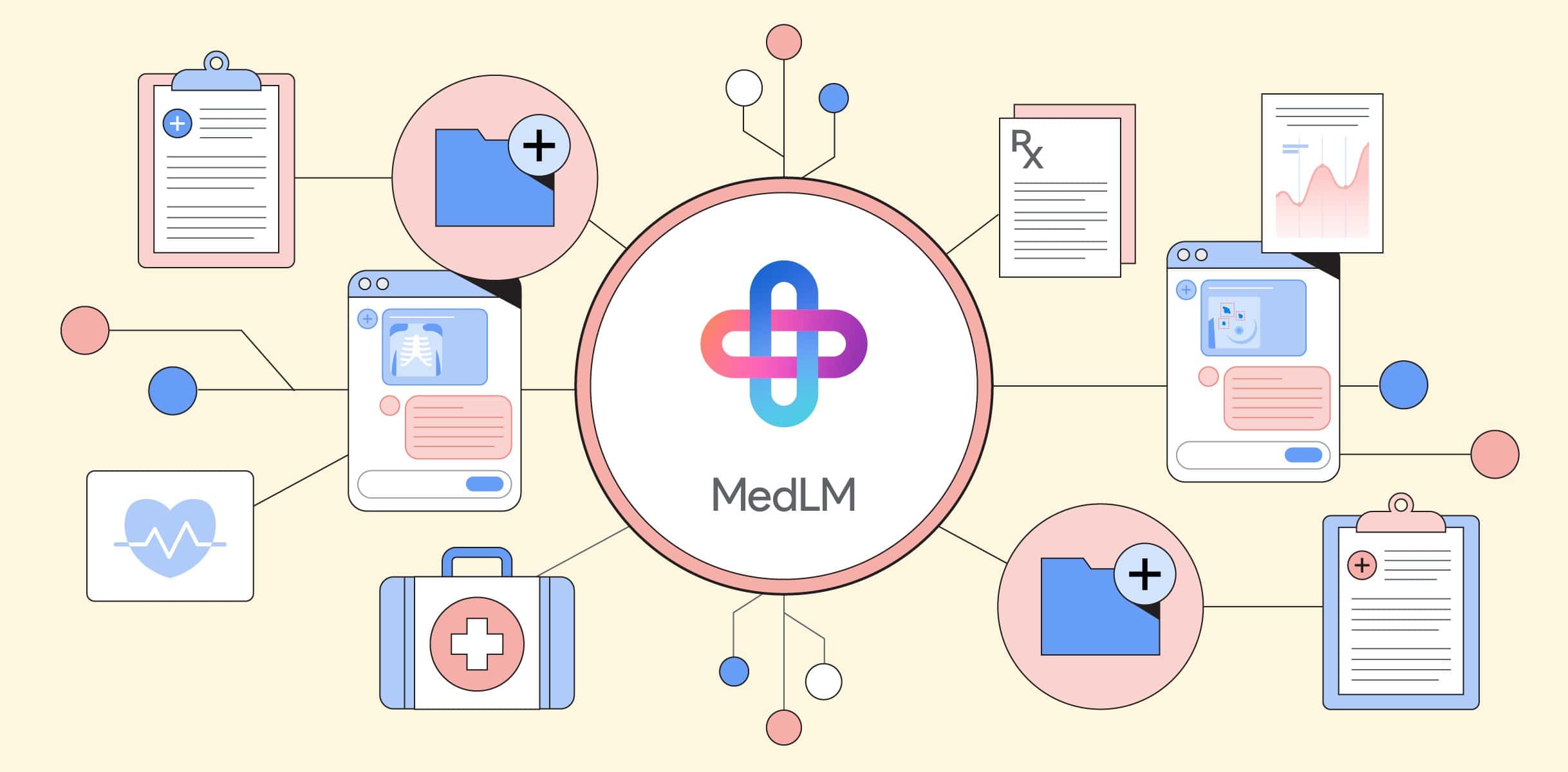
More room for pedestrians increases the chances of survival for community and civic organizations in a neighborhood. This is the conclusion drawn by researchers from the University of Amsterdam (UvA) and the University of Twente (UT). These Dutch universities used Google Streetview (GSV) as a basis for their research.
Community organizations are important for social life in a city. These are organizations such as sports clubs, hobby clubs, and cultural associations. The researchers argue that the absence of these organizations causes a variety of problems for residents. This is especially the case in poor or isolated neighborhoods where resources to establish a social life are lacking.
Outcomes
Political scientist Floris Vermeulen (UvA) and urban geographer Mingshu Wang (UT) looked at the chances of survival of civic organizations in Amsterdam. They linked this to information about the built-up environment. Using GSV, they mapped out where these kinds of organizations are located.
They analyzed spatial characteristics, such as the number of cars and sidewalks on the streets. Deep learning technology helped them in this too. After four years of research, the researchers established a correlation between the environment and how well the organizations were doing.
In the report, the researchers state that academic literature had already shown that how neighborhoods are structured can strengthen or impede social networks. Vermeulen and Wang go into more detail in their report about the information they came across during their research on the available literature.
In particular, sidewalks encourage the continued survival of such organizations. When there is plenty of room to walk, neighbors can make contact more easily on the street. These encounters have a positive impact on social life in the neighborhood. As a result, people are more likely to become members of community organizations. The opposite is also true. Wherever walking is discouraged, this has negative repercussions for the survival of local organizations.
Google Streetview and Deep Learning
Vermeulen and Wang used an algorithm to calculate how many cars are parked in a street, among other things. The technology was able to use GSV’s panoramic photographs to create a picture of the division between buildings, roads, air, and cars.
Vermeulen and Wang demonstrate with their research the importance of creating more space in order to enhance social life in cities. GSV can be used to get an idea of what people see in their daily lives. The researchers also show that big data offers enormous opportunities in understanding urban wellbeing.
GSV is being used more and more often in research. For example, researchers from the University of California have already shown 2017 how they were able to predict the voting behavior of American residents by the cars parked in a neighborhood. They could analyze this using GSV and deep learning technology. Researchers at Harvard Business School also used GSV in the development of methods to show urban planners where construction in a city needs to be improved.








